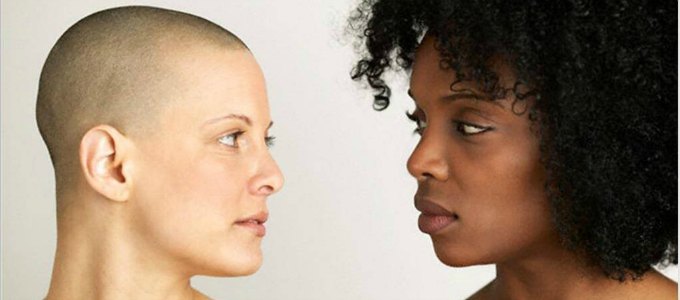
Seeing difference should not automatically create negative associations. Sometimes details like skin color are just that — details. They are not definitions of worth or skill.
by Kellye Whitney
October 30, 2015
Image courtesy of Thinkstock
OK, say this with me:
Black people are not animals.
We are human beings, just like everyone else.
Now say this:
Dark skin does not mean less than.
It does not signal inferior.
It is simply color, a superficial difference by which one can assume nothing.
Repeat as needed until you believe it and can act accordingly.
I created this mini primer because I’m worried there are people out there who genuinely believe that women and minorities are not, in fact, fully human. That a hereditary condition means something more than just skin or eye color, potential size and height, or susceptibility to certain health conditions.
Color means nothing when it comes to someone’s ability to learn, to perform in the field or to engage with others in the workplace. It has nothing to do a person’s ability to comprehend complex material or to make effective decisions under fire.
Therefore, there’s no need to withhold learning opportunities, mentorships or promotions. There is no need to treat a person of color with less kindness or decency than you would say, a stray dog that happened to walk up to your doorstep and sit down.
There is certainly no need to beat someone up, to physically abuse them seemingly without fear of reprisal. That is what now fired school resource officer Ben Fields did when he assaulted a 16-year-old student at Spring Valley High School earlier this week, dragging the girl from her classroom like a roped steer before the now viral video winked out.
Of course, I can’t prove Fields’, with a record of excessive violence and the nickname Officer Slam, actions were racially motivated. But there was a certain glee in his movements, a certain fearlessness in the way he threw the girl to the ground and dragged her off that I’ve only seen when police officers engage with black bodies.
There’s a lack of humanity in his body language, and that’s why if you have even a shred of doubt about the premise of this blog, I want you to repeat my little primer over and over until the next time you see a black face, you just see a black face. You don’t see a body groomed to work and suffer, to be mistreated and reviled. You don’t automatically experience fear or make unfounded assumptions about character and behavior or beliefs. You won’t see that black body suffer and then when it speaks out against ill treatment, rush to justify excessive force or cruelty. You’ll simply see a person, one who should be judged by their name and their actions, not by their skin color or the endlessly perpetuated stereotypes pushed out by systems created to reward and enforce bias.
If you internalize my primer, perhaps swap out a word here or there to correspond to the diverse groups of people who populate this not-so-big world of ours, the next time you see someone who is LGBT you won’t see flamboyant rainbows and vogue battles. You won’t see snapping fingers and loud, boisterous attention seekers. You’ll see a person with a name and a heart, whether they have any of those traits or not.
If you focus on the humanity inherent to my little primer, the next time you see a woman you won’t see a sexual object, someone overly emotional or incapable of making the tough calls required of a leader. You’ll see a person, not a whipping post for your insecurities or someone upon whom it’s perfectly acceptable to dump a pile of no thought required work, stunting her development, keeping her firmly behind the scenes while maintaining the real power in a work dynamic — the strategy and decision-making — for someone else.
Then, the next time you see some of Latino or Asian origins, you won’t assume they can’t speak English. You’ll see a person — someone who lives, works, breathes and experiences the same full range of emotions and problems that you do.
Because at the root, I am just like you. On the inside, we are the same.



